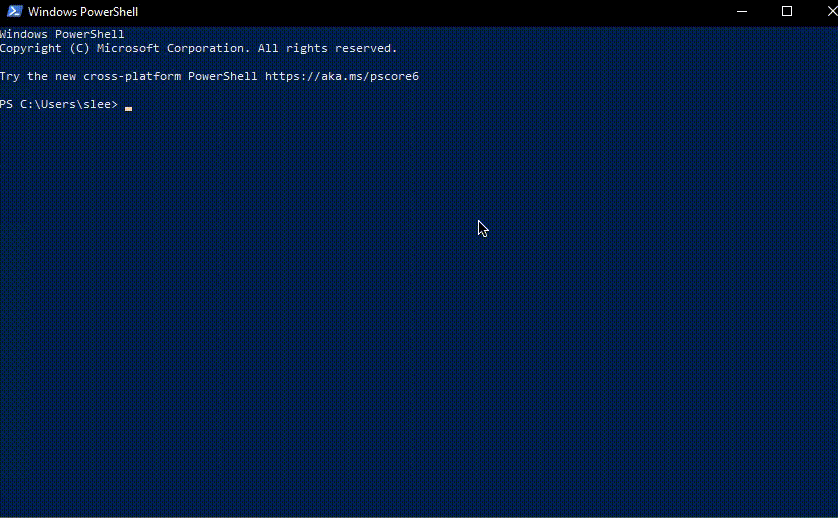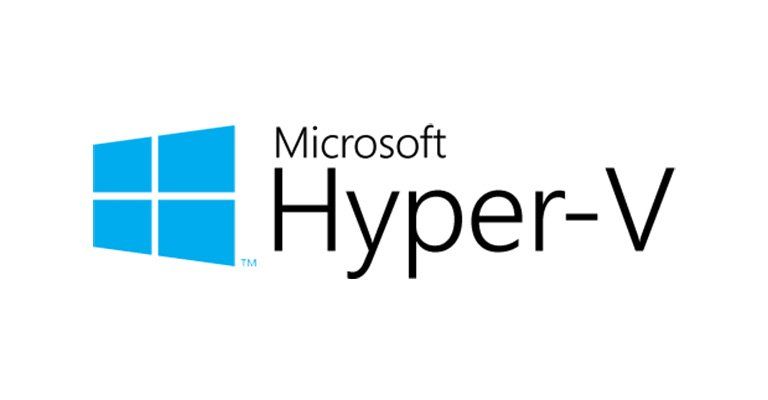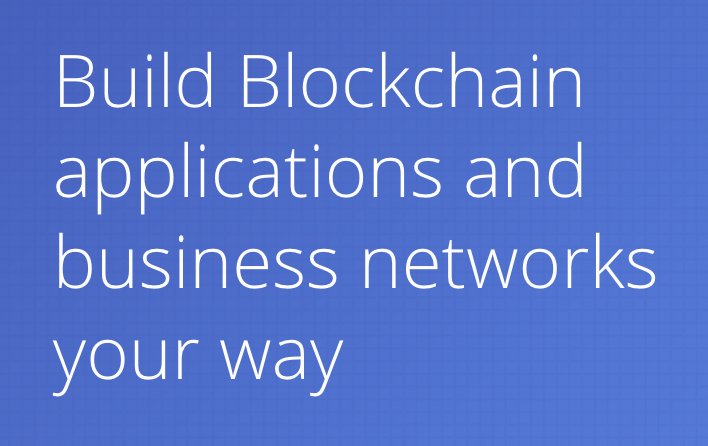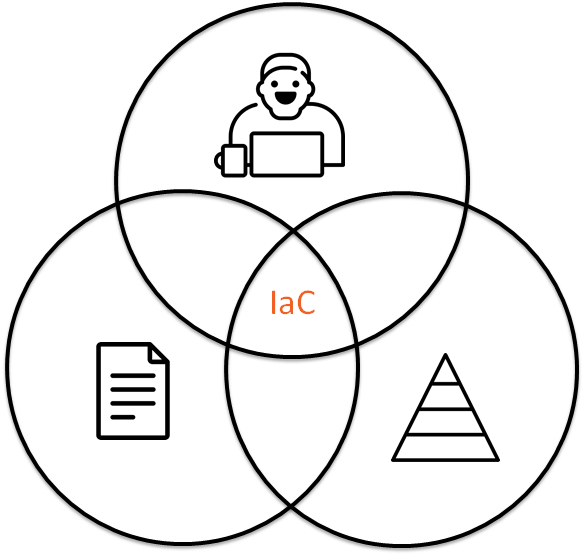
Originally posted on DEV.to
In my previous post, I touched on the point that Redis is more than just an in-memory cache.
Most people do not even consider Redis as a primary database. There are a lot of use cases where Redis is a perfect choice for non-cache related tasks.
In this article, I will demonstrate how I built a fully functional Q&A board for asking and upvoting the most interesting questions. Redis will be used as a primary database.
I will use Gatsby (React), Netlify serverless functions and Upstash Serverless Redis.
Upstash has been a good choice so far and I decided to try it out in a more serious project. I love everything serverless and how it makes things simpler for me.
Serverless will be a great choice for most tasks however you need to know the pros and cons of the tech you are using. I encourage you to learn more about serverless to get the most out of it.



























